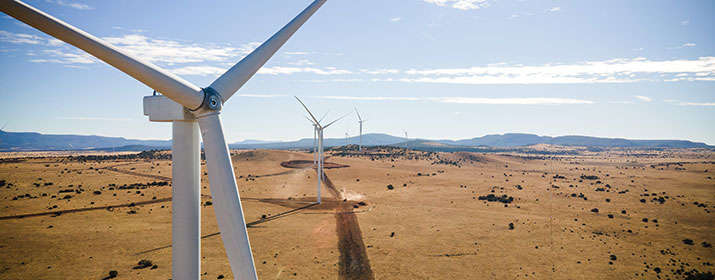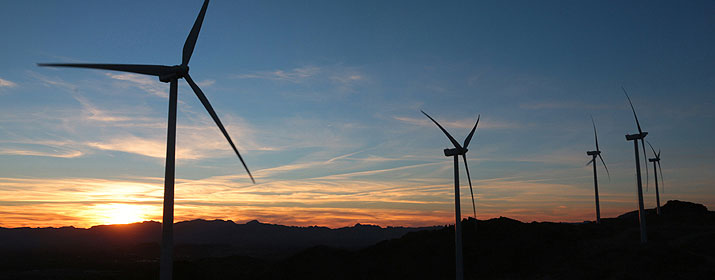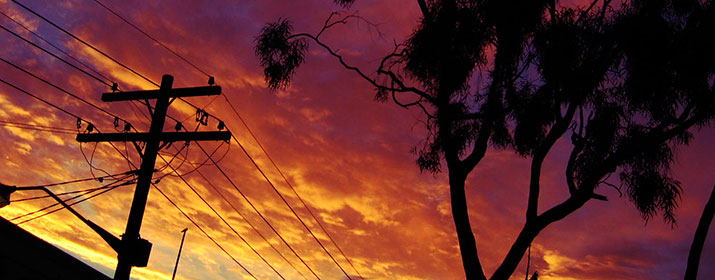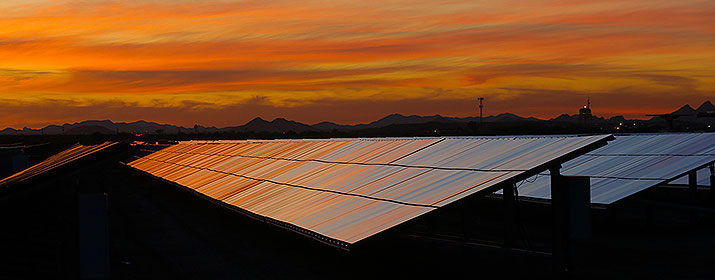
A new wind farm near the Arizona-New Mexico border last month began producing clean renewable energy for Tucson Electric Power (TEP) customers.
The Borderlands Wind Project, located about 100 miles south of Gallup, includes 34 turbines that produce a combined 99 megawatts (MW). Over the course of a year, the wind farm will generate enough power to serve the annual electric needs of more than 26,000 homes.
“The Borderlands Wind Project caps off a terrific year for renewable energy as we continue our efforts to build a cleaner, greener grid for our community,” said Susan M. Gray, TEP’s President and CEO. “We more than doubled our large-scale renewable resources in 2021, giving us enough to power about 260,000 homes with wind and solar energy.”
Borderlands will support TEP’s plan to provide more than 70 percent of its power from renewable resources and reduce carbon emissions 80 percent by 2035. These changes, outlined in TEP’s most recent Integrated Resource Plan, will avoid the production of more than 50 million tons of carbon dioxide over 15 years – equivalent to taking three-quarters of a million cars off the road. TEP will purchase the output of Borderlands from an affiliate of NextEra Energy Resources, its owner and operator.
Borderlands is the third large system the company brought online in 2021, including:
- The 250-MW Oso Grande Wind Project, located about near Roswell, New Mexico. Owned and operated by TEP, the 250 MW wind farm generates enough energy year annually to serve the electric needs of about 100,000 homes.
- The Wilmot Energy Center, which includes a 100-MW solar array and a 30-MW battery energy storage system on 1,130 acres south of Tucson International Airport. It is also owned and operated by NextEra.
Located on about 40,300 acres a few miles east of the state border, Borderlands includes 34 highly efficient turbines manufactured by General Electric. From base to blade tip, most turbines stand about 670 tall. The wind farm’s output will be delivered to Tucson through existing transmission lines that connect to TEP’s transmission system in eastern Arizona.






